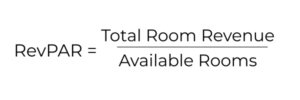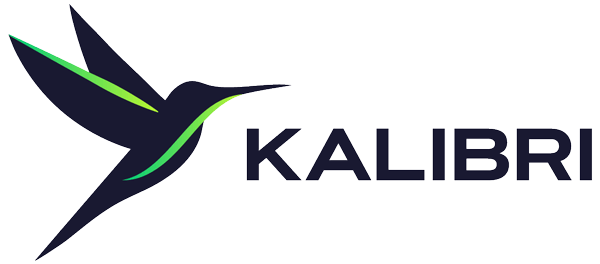Beyond RevPAR: How COPE RevPAR Impacts Asset Value
In hotel performance analysis, RevPAR (Revenue per Available Room) has long been the main metric. But as hotel ownership becomes more complex and investors want clearer indicators of financial health, the industry is moving toward metrics that reveal more. One of these is COPE RevPAR (Contribution to Operating Profit and Expenses per Available Room). Measuring performance is not just about tracking activity, it is about tracking what really matters.
RevPAR shows how well a property fills rooms at what rate. COPE RevPAR goes further by showing how much of that revenue actually contributes to the hotel’s operating profit and, ultimately, its value.
In this post, we will look at the limits of traditional RevPAR, explain what COPE RevPAR is, and explore why it is a more accurate way to measure hotel performance.
________________________________________________________________________________________________
The Limits of Traditional RevPAR
RevPAR measures how much room revenue a hotel generates for each available room. It is calculated as:

It can also be expressed as:

By combining pricing and occupancy into a single figure, RevPAR gives a quick view of room revenue performance. But from an owner or asset manager’s perspective, it has some gaps:
- Ignores distribution costs: RevPAR counts all room revenue the same, regardless of the cost to get it. High-cost channels like OTAs are counted the same as direct bookings, even though profits are different.
- No insight into net profitability: RevPAR does not show how much revenue stays after commissions, marketing spend, or loyalty discounts.
- Limited use in valuing assets: Since RevPAR measures gross revenue only, it does not show how much contributes to profit. That makes it less useful for measuring ROI, asset productivity, or long-term value.
________________________________________________________________________________________________
What is COPE RevPAR?
COPE RevPAR stands for Contribution to Operating Profit and Expenses per Available Room. It uses the RevPAR framework but subtracts the cost of getting the customer. This shows how much revenue truly contributes to a property’s profit.
COPE RevPAR = (Room Revenue – Acquisition Costs) ÷ Available Rooms
Acquisition costs often include:
- Brand fees
- Third-party commissions (OTAs, travel agents)
- Loyalty program costs
- Marketing expenses tied to bookings
By removing these costs, COPE RevPAR focuses on the revenue that goes directly to operating profit. This aligns better with an owner’s goal of maximizing return on investment.
________________________________________________________________________________________________
Example
Two hotels have the same RevPAR of $150:
| Metric | Hotel A | Hotel B |
| RevPAR | $150 | $150 |
| Acquisition Costs | $40 | $20 |
| COPE RevPAR | $110 | $130 |
Hotel B is more profitable despite the same RevPAR. It may have more direct bookings, lower brand fees, or less OTA reliance. From an investor’s point of view, Hotel B is the stronger asset.
________________________________________________________________________________________________
Why COPE RevPAR Matters
Hotel real estate is a yield-driven investment. Investors and asset managers care about Net Operating Income (NOI) and long-term asset value. COPE RevPAR is directly linked to these outcomes.
- Aligns with NOI and EBITDA
COPE RevPAR connects to NOI and EBITDA, which are key in valuing hotels. NOI includes all revenue streams minus operating expenses. EBITDA adjusts further for management fees and fixed costs. A hotel may have high RevPAR but low NOI due to high acquisition costs. COPE RevPAR reveals this gap. - Better comparisons across channels and brands
It allows fair comparison between direct bookings and OTAs, and between branded and independent hotels, by factoring in costs. - Supports better investment decisions
When deciding on renovations, rebranding, or tech upgrades, COPE RevPAR shows the net impact on profitability.
________________________________________________________________________________________________
COPE RevPAR in Practice
Operators often focus on gross revenue and occupancy, while owners take on the financial risk. COPE RevPAR bridges that gap by giving both parties a clearer view of true performance.
Some management agreements now include incentive fees based on COPE RevPAR or GOPPAR (Gross Operating Profit per Available Room) rather than just RevPAR or total revenue.
________________________________________________________________________________________________
Final Takeaway
For years, the industry relied on RevPAR because it was easy to measure and compare. But with rising acquisition costs, changing demand patterns, and more investor scrutiny, revenue-only metrics are not enough.
COPE RevPAR gives an owner-focused view that connects operations with asset value. Our platform shows detailed cost and contribution data by booking channel, so owners can track and forecast performance with more accuracy than ever before.
With millions of booking records and a deep industry benchmark database, Kalibri helps hotels:
- Remove unprofitable business
- Improve channel mix
- Strengthen owner-operator alignment
- Benchmark contribution metrics
If you want to optimize profitability and grow asset value, it is time to go beyond RevPAR and embrace COPE RevPAR.
Interested in learning more? Contact Kalibri or request a demo to uncover more profitable revenue opportunities.

